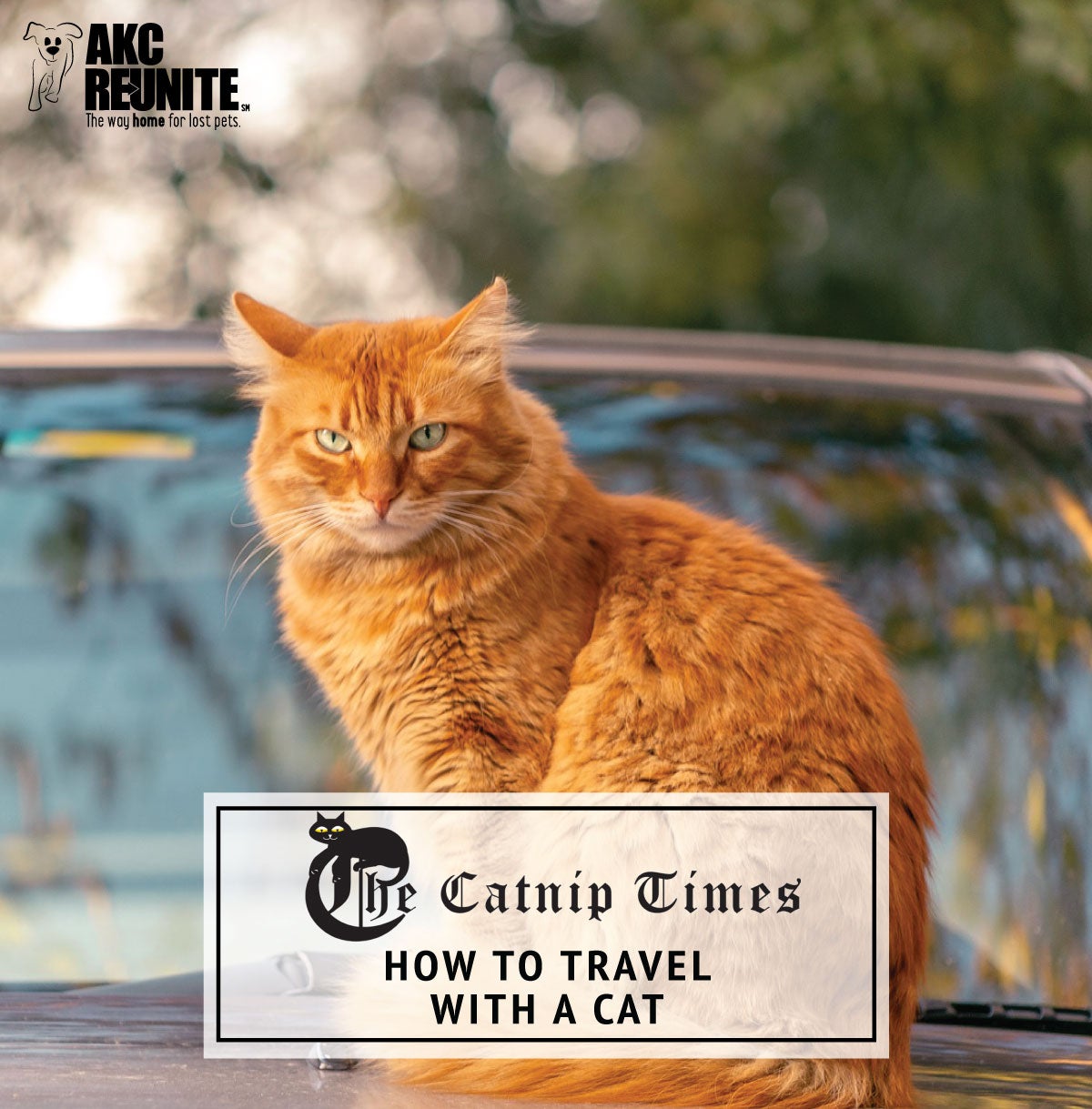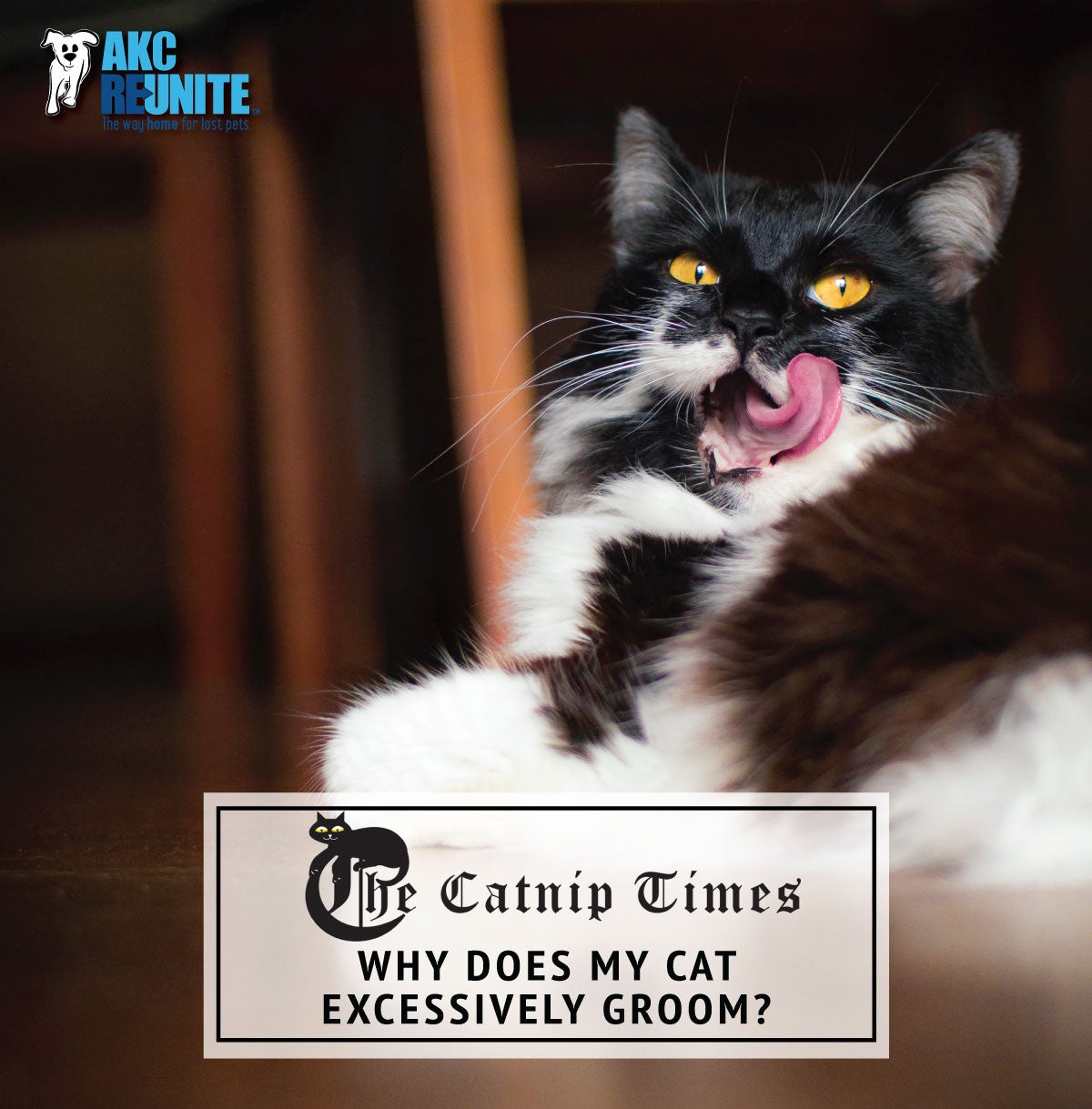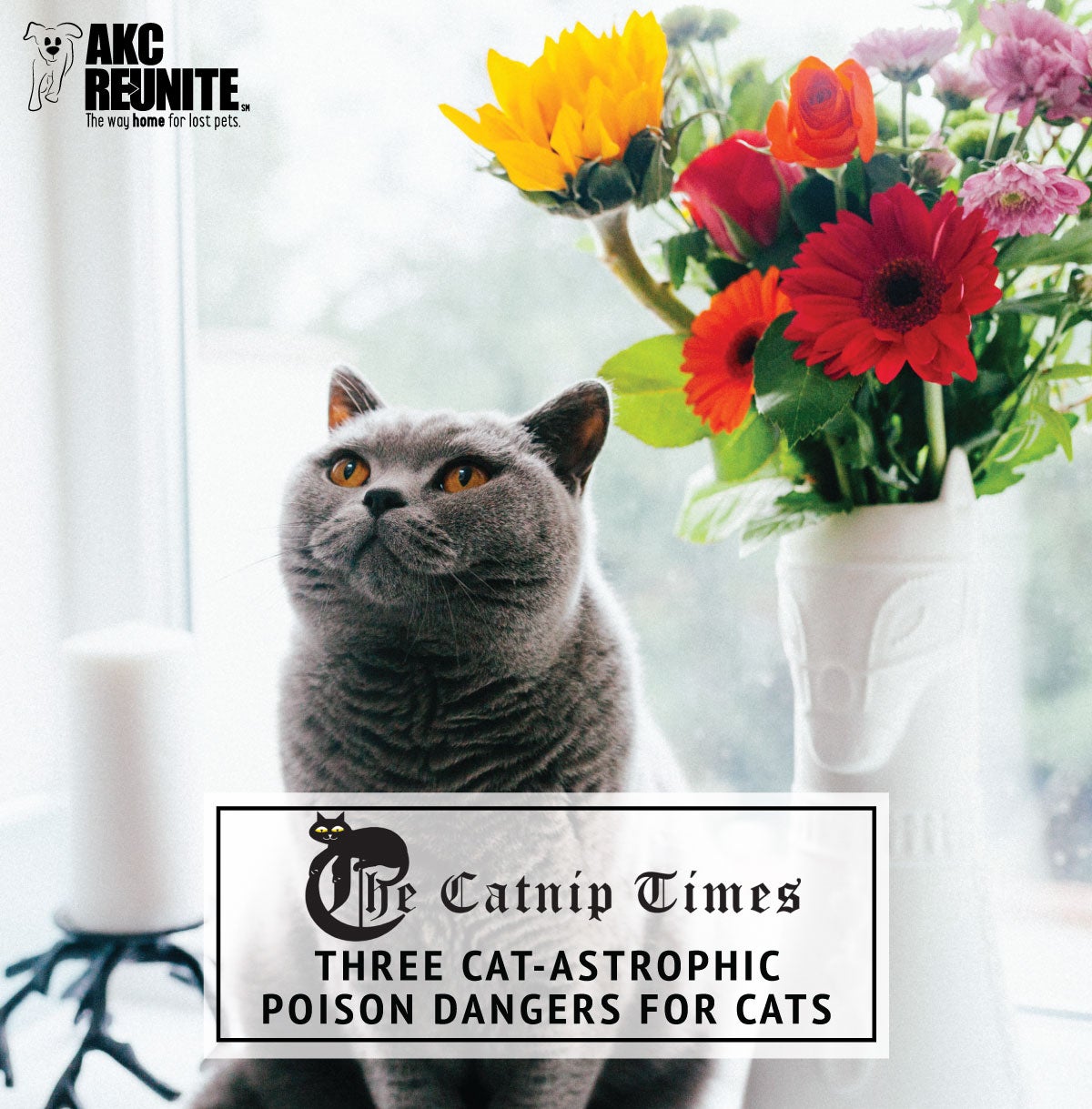How to Travel with A Cat — Do’s and Don’ts
Traveling is a difficult task no matter the situation – whether it’s loading up the whole family in the car or having to travel with your furry family members! Cats are known to dislike traveling and do not like being forced into the scary environment of the car with all of the unfamiliar noises, scents and surroundings. But don’t worry – you can help lessen the stress!
The car ride can consist of loud and frightened meows and whimpers of fear from your cat. Nothing feels worse than knowing that your cat is extremely distressed and it’s due to the stressful situation you’ve (unintentionally) created. Unfortunately, traveling with your cat cannot be avoided. Whether you have to take them on a short trip to the vet or on a longer trip during a move, be sure you learn the Do’s and Don’ts of traveling with your cat. Doing so can help you have an easier car ride for yourself and more importantly it will help aid in the comfort of your cat in this unfamiliar and stressful environment.
Why Do Cats Hate Car Rides?
Cats are habitual creatures who are all about routines; and for most cats, car rides are a far deviation from their everyday routine. Just imagine what could be going through their little heads when they are placed in this environment with all of the unfamiliar noises and scents. Cats, just like us, get stressed in unfamiliar or uncomfortable situations, especially when you remove them from their home safe space.
Felines spend a good deal of their time trying to establish their territory and it’s really scary when they’re taken from their home territory. The change and stress can sometimes elicit a physical response from your cat such as vomiting or urinating due to motion sickness, discomfort or fear. Make sure you’re prepared to travel with your pet before you go. Check out the following Do’s and Don’ts lists to help you prepare for your travels with your furry companions so you can know what to do and what not to do in your traveling adventures.
What To-Do When Traveling with Your Cat
- Make sure to purchase a comfortable carrier for your cat to help sequester them in a cozy yet confined space. Letting a cat roam freely in the car can be dangerous for you and them.
- If your cat is in the confinement of a cat carrier and has a bio-accident, the odor will likely permeate both the carrier and your car making the trip even more unpleasant for both you and your poor kitty. Bring along an effective treatment for pet messes so that you can effectively treat the source of the odor at the onset of the incident.
- Let your cat explore the vehicle before your trip. Giving them the opportunity to investigate the environment ahead of time can help alleviate some of the initial fear. You might even want to try desensitizing your cat by taking them on very short trips in the car (5 minutes around the block) where they don’t end up at the vet.
- Bring along a favorite item such as a blanket, towel, or bed that has their scent on it. Cats are comforted by familiar scents – particularly their own.
- Reward your cat with treats to help distract them from being scared or nervous.
- Research emergency vet locations along your travel route to ensure that if your cat needs medical attention you can access a vet quickly.
- If possible, travel with someone your cat knows and likes so you can sit with your cat to ease their nerves by talking to them in a soothing voice and petting them. If you have to travel alone be sure not to increase your cat’s stress by playing loud music. While traveling, talk to you cat in a calm, loving tone to reassure her that she’s okay.
What Not To-Do When Traveling with Your Cat
The what-not-to-do list is just as important as the to-do list when traveling with your cat. You could experience major problems if you don’t avoid these mistakes when traveling with your cats.
- Don’t forget important medications for your cat at home. If your cat’s medication requires refrigeration, be sure you bring a medication cooler along.
- Don’t forget to put a collar with tag on your cat or make sure they have identification and contact information should they get loose. It’s a good idea to get your cat used to a harness and leash before traveling and have them wear it in the car. Should something happen and your cat needs to be out of the carrier, it will be much easier and safer to control your cat with a harness and leash.
- Don’t let your cat have free roam of the car while in transit. Cats that are scared will look for tight places to squeeze into and may even seek shelter under your feet and get in the way of the pedals while you’re driving.
- Don’t leave behind your cat’s favorite toys, because these toys can provide them with a sense of comfort on the journey.
- Don’t forget to bring food and water for your pet for the ride. This can be the biggest thing people forget to bring along for their cats. Also, make sure to bring disposable bowls for feeding your cat food and water.
- Don’t forget to stop so your cat can have bathroom breaks along the way. Bring your cat’s litter box and use the same litter that they use at home.
Traveling with your cat can be less stressful once you have learned what things to do to make your cat more comfortable and what to avoid doing when traveling. Not only will this make it easier on you the next time you travel with your cat but your furry companion will thank you, too!
RELATED POSTS
Why Does My Cat Groom Itself
Does your cat lick itself constantly and have patches of fur missing or hair loss? If so, your cat might be grooming excessively. Here we'll discuss how to spot signs of excessive grooming, what might be causing it, and how to stop.
Three CAT-Astrophic Poison Dangers for Cats!
Did you know even the water from a popular Easter Lily’s flower’s vase can be dangerous to your favorite feline? But that’s not all! Not only are these items dangerous to cats, but the costs associated with veterinary care should they encounter any of these items can be expensive for owners.
Theories on Why Cats Rub Their Heads
Does your cat rub his or her face on things? It may seem like a strange behavior, but it turns out there may be an explanation behind it!






